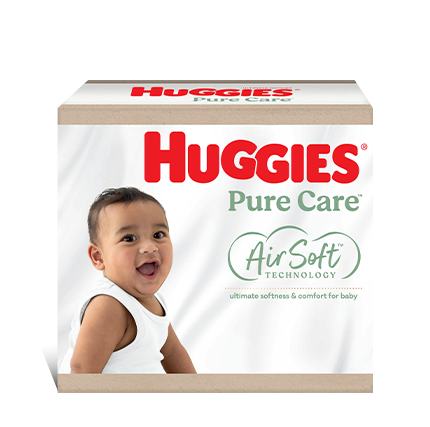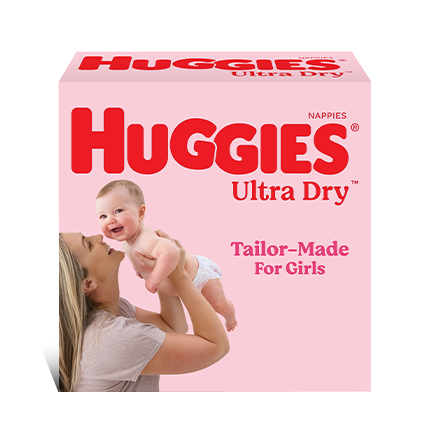How the new car seat restraint laws affect your family
Recently a raft of new laws have been approved by the Australian Transport Council. 500 children under the age of ten are killed or seriously injured nationwide every year in car accidents with a further 2,300 receiving minor injuries. These new laws go a long way to improving safety when travelling with children. The new laws have significant implications for parents of those travelling with children. Whilst some states have a few months amnesty during the phase in period, it is important to take a pro-active role in ensuring you are complying with them.
Age related
- The regulations are based on age specifications rather than your child’s weight. The research carried out by the Centre for Automotive Safety Research has shown that regulations specifying child restraint usage by age as opposed to height or weight, will result in the smallest number of children being inappropriately restrained.
- It is also intended to make it easier for parents and carers to follow these guidelines using age rather than height and weight.
Newborn to 6 months
- Newborns up to the age of six months are to be restrained in a rearward facing child restraint (e.g. infant capsule)
- The new guidelines are based on an age related system, however, the safest position for small babies to travel in is facing backwards. It is important to leave them in their rear-facing car-seat or capsule until they reach the upper weight limit (8 kg) before moving them into a forward facing restraint.
- A rearward facing restraint for infants up to has its own inbuilt harness system. These restraints are also known as rearward facing child restraints. They all use a top tether. Therefore there is no need to buy any additional harnesses or child restraints for this unit.
6 months to 4 years
- From six months until the age of four, children are to be restrained in either a rearward or forward facing child restraint (e.g. child safety seat)
- A child restraint is a rear/rearforward or forward facing seat with it’s own inbuilt harness system. These restraints are also known as forward facing child restraints. They all use a top tether.
New regulations for older kids
- From four years until the age of seven, children are to be restrained in either a forward facing child restraint or booster car seat restrained by a correctly adjusted and fastened seatbelt or child safety harness.
- Children up to four years of age must be restrained in the rear of the vehicle (where the vehicle has two or more rows of seats)
- The Standard defines booster seats as being suitable for children between 14-26kg (approximately four up to seven years old).
- As a guide, it is best to buy a rigid booster seat with a back, side wings and a sash guide. This will help to keep the seat belt in place. Preferred booster seats are like this.
- You have the option of purchasing a Child Safety Harness. This is a device that can be used on its own or in conjunction with a booster seat up to the weight of 26kg. Once the child has grown too tall or is too heavy for the booster car seat, a child safety harness can be used up to 32 kg without a booster if the child is unable to wear the seatbelt correctly.
- Standards Australia are developing a standard for larger booster seats suitable for children up to 36kg. It will enable parents to keep children in boosters for longer, and it will be useful for children under the age of seven who have outgrown their booster, these presently only take up to 26kg in weight.
- Children aged between four and seven years will not be permitted to sit in the front seat, unless all other seating positions are already occupied by children under seven.
Popular brands and price ranges
All child restraints sold in Australia must meet the same Australian Standard AS 1754. However, independent testing has shown that some restraints provide more protection and are easier to use than others. Below are some points to consider when purchasing restraints:
- Is it suitable for your child in relation to their age, weight and size?
- Is it appropriate for the size of the seat and vehicle?
- What are the restraint’s features?
- Will it be easy for you to fit in your car?
- What is the warranty and after sales service provided with your restraint?
- The RTA, NRMA and RACV have worked together to produce a leaflet highlighting child seats that they have tested and recommended. For more information click here.
Is second hand ok?
- Second hand is acceptable, but preferably when you know the person you are buying from.
- Under no circumstances buy a restraint that has been involved in a crash previously. It may have compromised the safety of the restraint.
- Make sure the restraint is approved to Australian Standard 1754. It is best to avoid using the earlier Australian Standard E46 restraints. They are usually both old and unsuitable.
- Approved restraints are easily recognised by the following certification marks:
- When purchasing a second hand restraint always check for signs of wear, for instance. cracks, faded or frayed straps, or a buckle that doesn’t work
- Test the buckle and adjusters to make sure they work properly and ask for the instruction manual. If it’s missing you should contact the manufacturer and ask for a copy to be sent to you.
Exemptions
- Bus drivers will continue to be exempt from ensuring passengers under 16 years of age are restrained.
- Under the Australian Road Rules, a “bus” is defined as a motor vehicle designed to carry over 12 adults (including the driver). If the vehicle involved is designed to carry 12 adults or less (including the driver) it is not a bus and the driver is not exempt from ensuring all passengers are appropriately restrained.
- The driver of a taxi will be exempt from the new provisions if there is no suitable approved child restraint available and, if the vehicle has two or more rows of seats, the passenger is not in the front row of seats.
- Taxi drivers are responsible for ensuring passengers between the ages of 7 and 16 are appropriately restrained
Should I hire a child restraint?
- Hiring a restraint is an economical solution if you only need a restraint for short term use.
- This will also allow you to get an age appropriate restraint.
- A number of organisations provide this service, including the Australian Red Cross and Hire for Baby
Proper Fitting and Testing
This list provides a state by state contact guide, with access to your most convenient place to test if your current restraints meet the new guidelines.
National Information
- Australian Transport Safety Bureau ph: 1800 020 616
- Kidsafe
State by State
Western Australia
- WALGA RoadWise program tel: 1300 780 713
Queensland
- Queensland Transport tel: 13 23 80
- RACQ tel: 13 19 05 or (07) 3248 2074 TTY
ACT
- Territory and Municipal Services tel: 13 22 81 (ACT and NSW residents only) or (02) 6207 5111 or (02) 6207 0494 TTY
NSW
- Roads and Traffic Authority tel: 13 17 82 or 13 22 13 to find your nearest RTA Authorised Fitting Station
- NRMA tel: 1300 655 443 or (02) 8741 6000
Victoria
h4.South Australia
- Transport SA tel: 13 10 84
- RAA tel: (08) 8202 4600 or (08) 8202 4750 TTY
Tasmania
- RACT tel: 13 27 22
For more information see Baby car safety or Parenting
Last Published* September, 2024
*Please note that the published date may not be the same as the date that the content was created and that information above may have changed since.



















